Deep Learning vs. Machine Learning: A Beginner's Guide
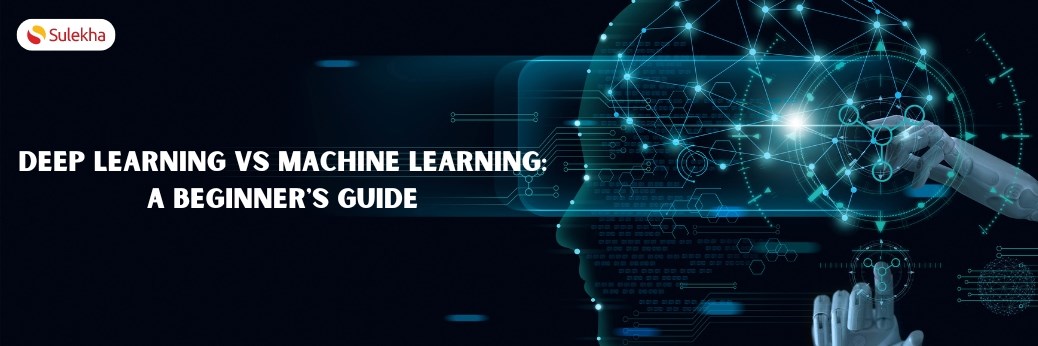
Deep Learning vs. Machine Learning: A Beginner's Guide
Welcome to the world of artificial intelligence! Today, we're diving into the exciting realms of deep learning and machine learning. Both of these fields are at the forefront of AI innovation, and understanding their similarities and differences is paramount for anyone interested in the future of technology. As we explore these concepts further, we'll uncover the unique strengths and applications of each and how they are shaping the future of AI. So, buckle up and prepare to embark on an interactive journey into deep learning and machine learning!
What is ML and Deep Learning?
Machine Learning is a subset of Artificial Intelligence that uses algorithms to learn and make predictions without explicit programming. Deep Learning is a more advanced form of machine learning, utilizing deep neural networks to learn from data automatically. Deep Learning requires large datasets and can automatically learn features, making it more flexible.
On the other hand, Machine Learning may require manual feature engineering and can work with smaller datasets. Deep Learning is highly effective for tasks like image and speech recognition, while Machine Learning is versatile for various applications. Both fields have their strengths and are essential in the development of AI. Understanding their differences is critical for choosing the right approach for AI tasks.
Deep Learning vs. machine learning
Deep learning and machine learning are intertwined in the world of AI, but they're not the same thing. Here's a breakdown to help you understand the key differences:
Machine learning:
- Machine learning encompasses various algorithms that learn from data. These algorithms can be simple, like linear regression, or more complex, like decision trees.
- Machine learning algorithms analyze patterns and relationships within data to make predictions, classify things, or solve problems.
- Different algorithms are suited to different tasks. For example, a decision tree may be suitable for predicting loan approvals, while a neural network might be better for image recognition.
Deep learning:
- Deep learning utilizes a specific type of algorithm called an artificial neural network (ANN).
- ANNs are structured like the human brain, with layers of interconnected nodes that process information. Each layer learns from the previous one, refining its understanding.
- Deep learning excels at tasks that require complex pattern recognition, such as image and speech recognition, natural language processing, and even generating creative content.
Here's an analogy:
- Think of machine learning as building a puzzle with simple pieces. Each algorithm is a puzzle piece; you fit them together to form a picture.
- Deep learning is like building a mosaic with millions of tiny tiles. The ANN processes each tile, revealing the bigger picture as the layers work together.
Here are short key differences before we dive in further:
- Artificial Intelligence- Artificial intelligence (AI) is the simulation of human intelligence in machines, enabling them to perform tasks that typically require human-like abilities such as learning, reasoning, problem-solving, and decision-making.
- Machine Learning- Machine learning is a field of artificial intelligence that enables systems to understand and improve from experience without being explicitly programmed automatically.
- Deep Learning- Deep learning is a subfield of machine learning that utilizes neural networks with multiple layers (deep neural networks) to learn and extract hierarchical representations from data automatically.
Machine learning
- It is a subset of Artificial Intelligence.
- Shorter training and lower accuracy
- ML can be trained on a small amount of data set.
- Makes simple, linear correlations
- ML requires human intervention to correct and learn.
- Can train on a CPU (central processing unit)
Deep learning
- It is the subset of ML.
- Longer training and higher accuracy
- In contrast, it requires a large amount of data.
- Makes non-linear, complex correlations
- On the other hand, Deep learning can learn by itself by correcting past errors.
- Require a specialized GPU (graphics processing unit) to train.
What is artificial intelligence (AI)?
Artificial intelligence (AI) is a branch of computer science that aims to develop intelligent machines capable of performing tasks that typically require human intelligence. This includes learning, reasoning, problem-solving, perception, and language understanding. AI systems are devised to analyze and interpret intricate data, adapt to new information, and make decisions based on their findings. The ultimate goal of AI is to create machines that can mimic human cognitive functions and perform tasks autonomously, revolutionizing various industries and aspects of daily life.
What is machine learning?
Machine learning is a field of artificial intelligence that involves the development of algorithms and statistical models that enable computers to learn and make predictions or decisions without being explicitly programmed. It uses data to identify patterns, make inferences, and improve performance over time. Machine learning is used in various applications, including image and speech recognition, medical diagnosis, recommendation systems, and autonomous vehicles.
For example:
Machine learning is natural language processing, where algorithms are trained to understand and generate human language. For instance, virtual assistants like Siri and Alexa use machine learning to understand and respond to voice commands. Another example is finance, where machine learning algorithms analyze large volumes of financial data to identify patterns and predict stock prices or market trends.
What is deep learning?
Deep learning is a subfield of machine learning that uses artificial neural networks with multiple layers (hence the term "deep") to learn from data. These deep neural networks can automatically learn to represent and understand complex patterns or features in the data. Deep learning has succeeded highly in tasks such as image and speech recognition, natural language processing, and autonomous driving. It has also been used in various fields, such as healthcare, finance, and robotics, to make predictions, classify data, and generate insights from large and complex datasets.
For example:
One of the best examples of deep learning is in the field of image recognition. Deep learning models, such as convolutional neural networks (CNNs), have been incredibly successful in object detection and image classification tasks.
For instance, deep learning algorithms are used in applications like facial recognition technology, where they can accurately identify and classify faces in images or videos. Another example is medical imaging, where deep learning models have been used to analyze and interpret medical images such as X-rays, MRIs, and CT scans, aiding in diagnosing various diseases and conditions. These applications demonstrate the power of deep learning in understanding and processing complex visual data.
What's the big deal with big data?
Big data refers to the massive volume of structured and unstructured data that inundates a business daily. The significance lies in the potential insights and value derived from analyzing this data, leading to improved decision-making, operational efficiency, and innovation.
Getting started in AI and machine learning
Embarking on your journey into AI and machine learning (ML) can be exciting but also daunting. To make it smoother, here's a roadmap to guide you:
1. Build your foundation:
- Learn the basics: Start with foundational concepts like computer science, statistics, and linear algebra. Online courses, textbooks, or dedicated MOOCs like Coursera or edX can be great resources.
- Choose your language: Python is the reigning champion for AI and ML. Familiarize yourself with its syntax and core libraries like NumPy, Pandas, and Scikit-learn.
- Understand the landscape: Explore different areas of AI and ML, like supervised learning, unsupervised learning, reinforcement learning, and deep learning.
2. Get hands-on experience:
- Join the certification course: Those interested in this demanding career path can join the Machine Learning or Artificial Intelligence certification courses.
3. Deepen your knowledge:
- Take specialized courses: Once you have a basic understanding, delve deeper into specific areas like computer vision, natural language processing, or robotics.
- Connect with the community: Engage in online forums, attend conferences, and network with other AI and ML enthusiasts.
4. Find your niche:
- Identify your interests: What excites you within the vast world of AI and ML? Is it healthcare, finance, or creative applications?
- Explore potential career paths: Research data scientist, machine learning engineer, AI researcher, or other roles aligned with your passion.
- Build a portfolio: Showcase your skills and projects on platforms like GitHub or LinkedIn to attract potential employers or collaborators.
In conclusion, both deep learning and machine learning are powerful tools in the field of artificial intelligence. While machine learning is versatile and can be applied to a wide range of tasks, deep learning, with its ability to learn complex features from data automatically, has shown remarkable success in areas such as image and speech recognition. Understanding the strengths and limitations of each approach is essential for choosing the right technique for a particular problem. As technology advances, both deep learning and machine learning will play crucial roles in shaping the future of AI and driving innovation across various industries.
Find a course provider to learn Artificial Intelligence Engineer
Java training | J2EE training | J2EE Jboss training | Apache JMeter trainingTake the next step towards your professional goals in Artificial Intelligence Engineer
Don't hesitate to talk with our course advisor right now
Receive a call
Contact NowMake a call
+1-732-338-7323Enroll for the next batch
Artificial Intelligence Engineer
- Oct 30 2025
- Online
Artificial Intelligence Engineer
- Oct 31 2025
- Online
Related blogs on Artificial Intelligence Engineer to learn more

Train Like an AI Engineer: The Smartest Career Move You’ll Make This Year!
Why AI Engineering Is the Hottest Skillset Right Now From self-driving cars to chatbots that sound eerily human, Artificial Intelligence is no longer science fiction — it’s the backbone of modern tech. And guess what? Companies across the USA and Can
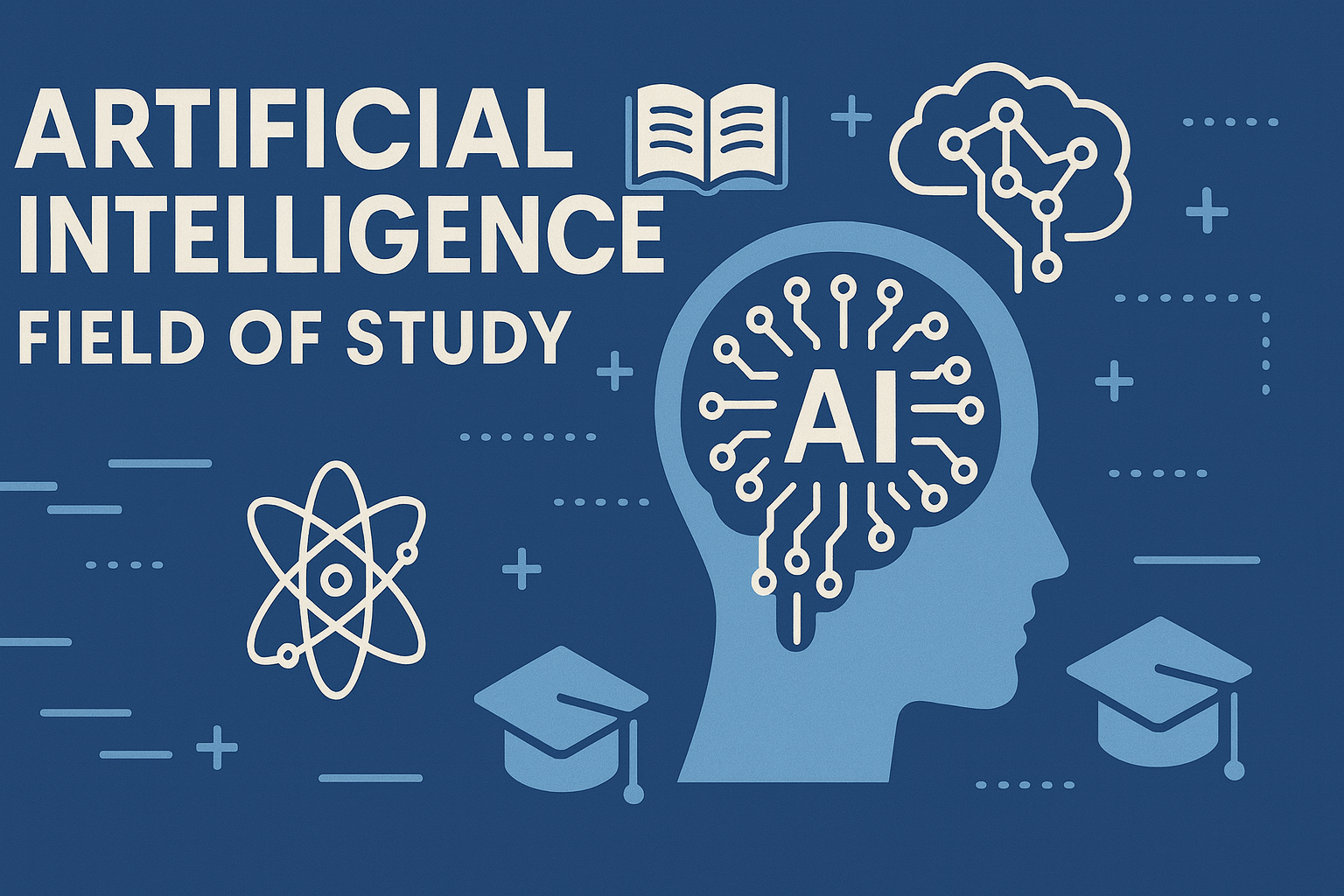
Artificial Intelligence – Field of Study
Explore how Artificial Intelligence blends Machine Learning, Deep Learning, NLP, and Computer Vision to build intelligent systems that learn, reason, and decide. Discover real world applications, ethics, and booming career scope as AI education deman
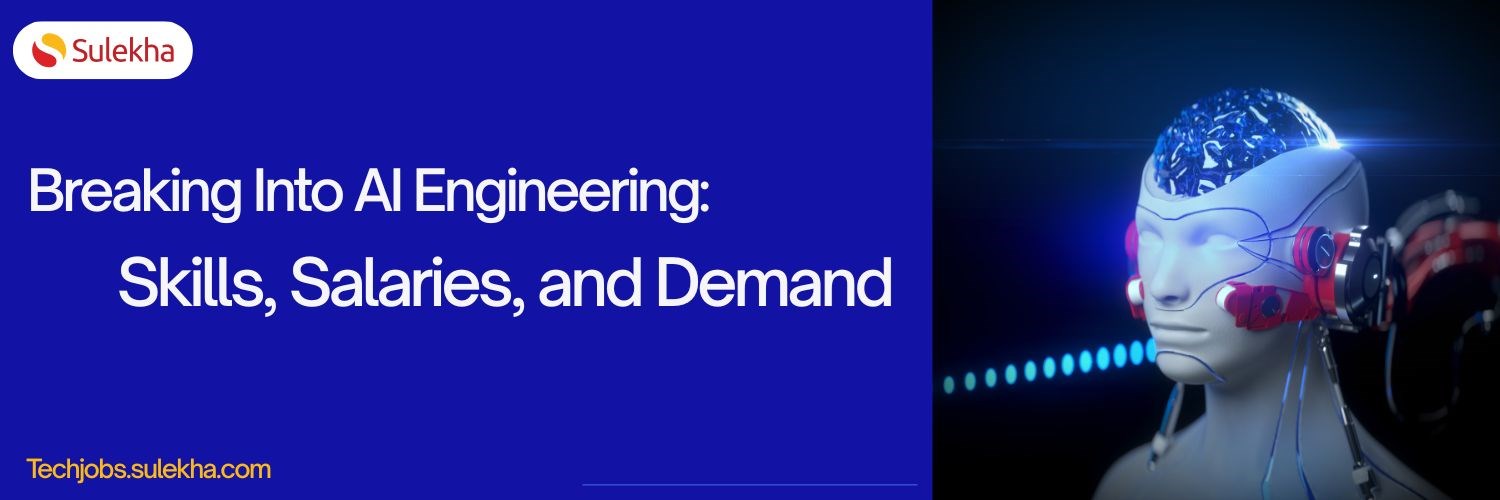
Breaking Into AI Engineering: Skills, Salaries, and Demand in the US
Discover how to break into AI engineering with insights on essential skills, salary expectations, and rising demand in the US. Learn about career paths, certifications, and how to succeed in one of tech’s fastest-growing fields.
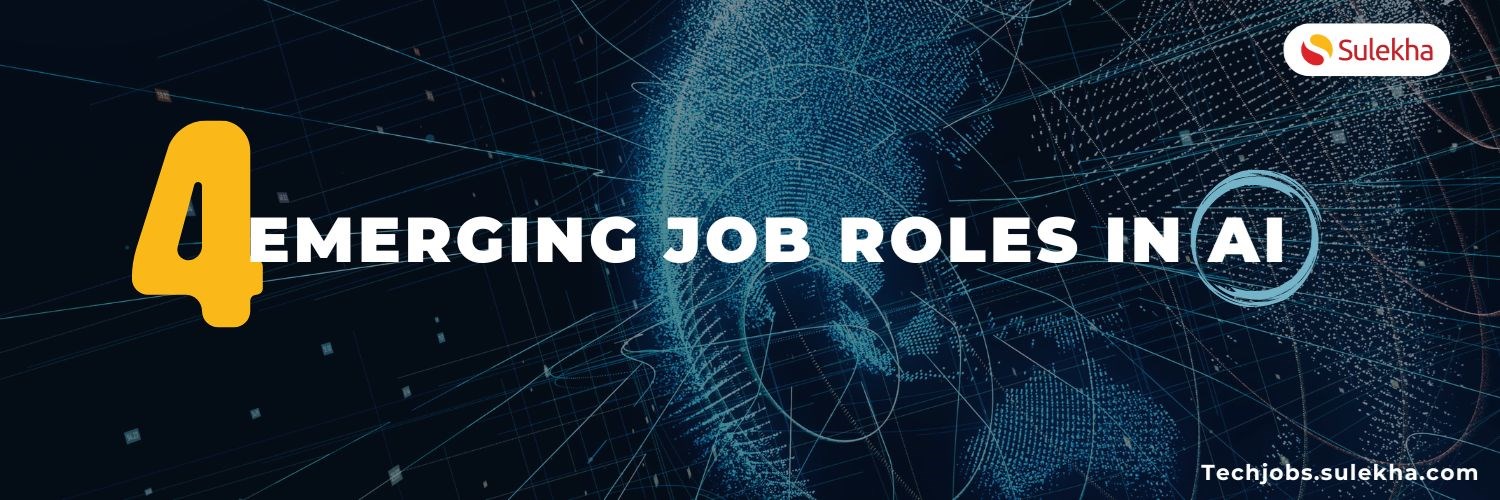
Top Four emerging job roles in AI
Explore four emerging AI job roles including AI ethicist, trainer, interaction designer, and safety engineer, each shaping the future of ethical and secure AI technology. Learn about their responsibilities and the essential skills required in this ev

Prompt Engineering
We have discussed comprehensive entitles of what is prompt engineering, types of prompts, element and method of prompt engineering, and application of prompt engineering in-detail.
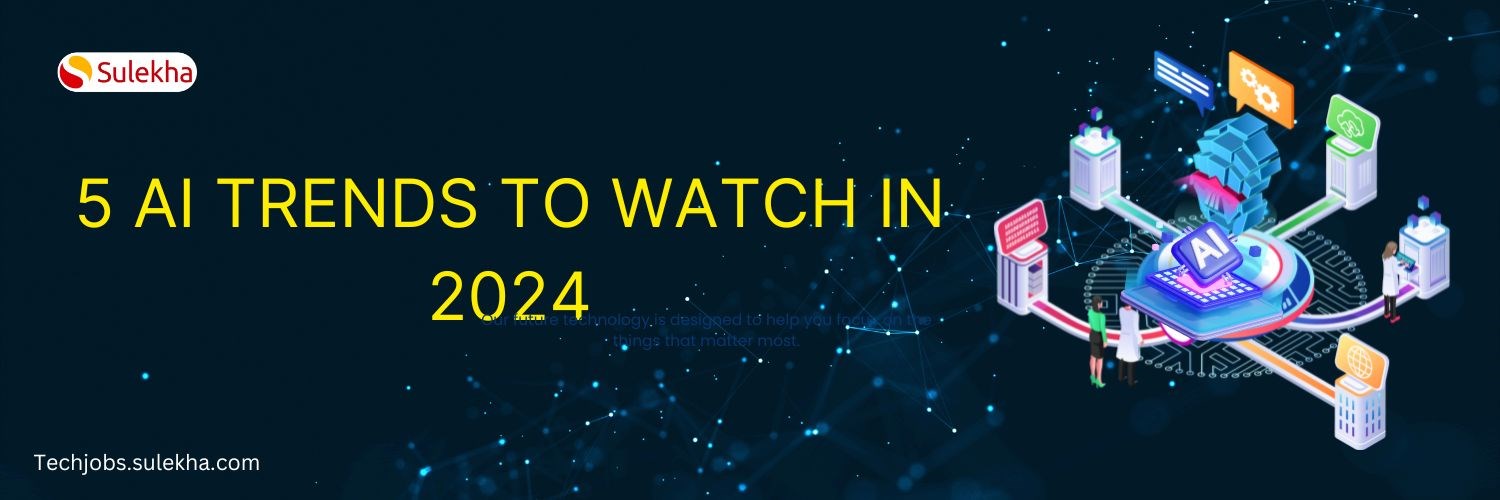
5 AI Trends to Watch in 2024
Discover the top 5 AI trends that will shape the future in 2024, from advancements in natural language processing to the growing impact of AI on healthcare and beyond.
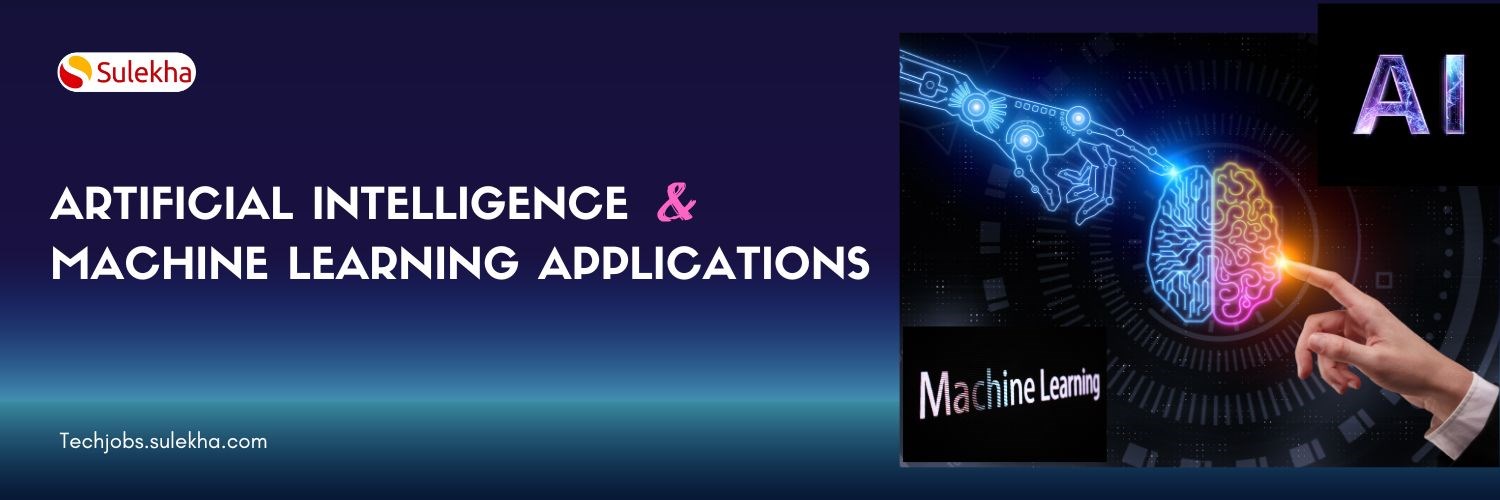
Artificial Intelligence and Machine Learning applications
Discover the vast applications of Artificial Intelligence (AI) and Machine Learning (ML) across various industries, from healthcare to finance, and learn how these technologies are transforming the way we live and work.
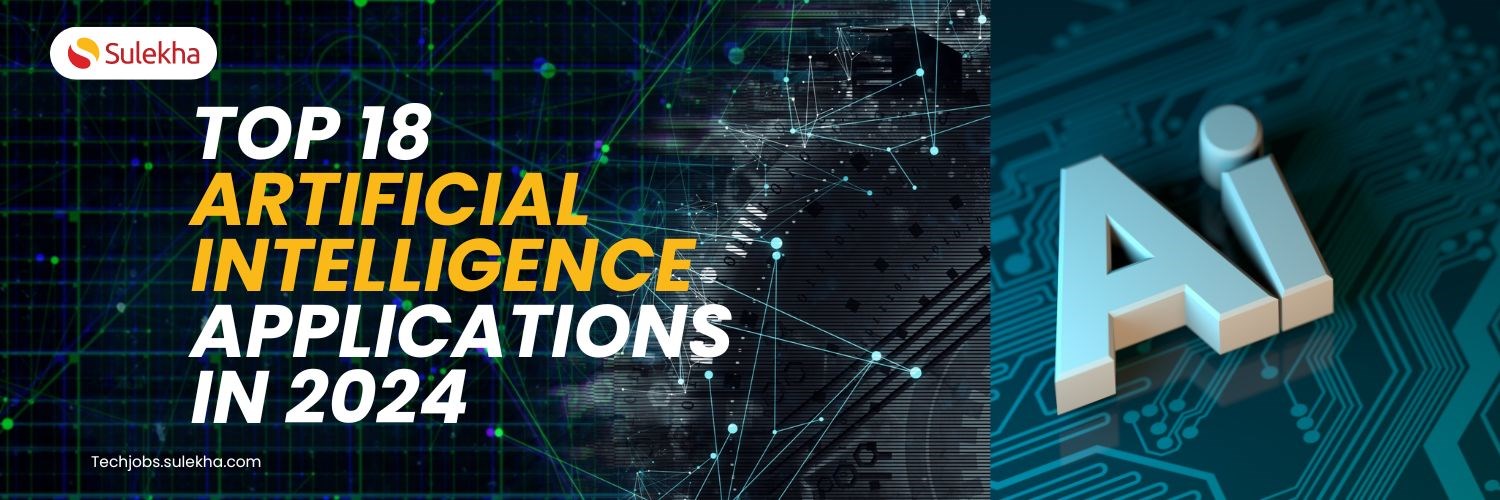
Top 18 Artificial Intelligence Applications in 2024
Explore the diverse applications of machine learning in various industries, including healthcare, finance, retail, and transportation.

What is Generative AI? Everything You Need to Know
Generative AI is not just a career path; it's a gateway to a future where innovation and creativity intersect. This blog uncovers why generative AI is not just a career but a pathway to shaping the future of work.

Devin AI - Friend or Foe of Software Developers
In a groundbreaking leap for artificial intelligence, US-based startup Cognition has unveiled Devin AI - an autonomous AI system capable of conceptualizing, designing, and coding software from scratch. This remarkable feat ushers in a new era, blurri
Latest blogs on technology to explore

Cyber Security in 2025: The Golden Ticket to a Future-Proof Career
Cyber security jobs are growing 35% faster than any other tech field (U.S. Bureau of Labor Statistics, 2024)—and the average salary is $100,000+ per year! In a world where data breaches cost businesses $4.45 million on average (IBM, 2024), cyber secu

SAP SD in 2025: Your Ticket to a High-Flying IT Career
In the fast-paced world of IT and enterprise software, SAP SD (Sales and Distribution) is the secret sauce that keeps businesses running smoothly. Whether it’s managing customer orders, pricing, shipping, or billing, SAP SD is the backbone of sales o

SAP FICO in 2025: Salary, Jobs & How to Get Certified
AP FICO professionals earn $90,000–$130,000/year in the USA and Canada—and demand is skyrocketing! If you’re eyeing a future-proof IT career, SAP FICO (Financial Accounting & Controlling) is your golden ticket. But where do you start? Sulekha IT Serv

Train Like an AI Engineer: The Smartest Career Move You’ll Make This Year!
Why AI Engineering Is the Hottest Skillset Right Now From self-driving cars to chatbots that sound eerily human, Artificial Intelligence is no longer science fiction — it’s the backbone of modern tech. And guess what? Companies across the USA and Can
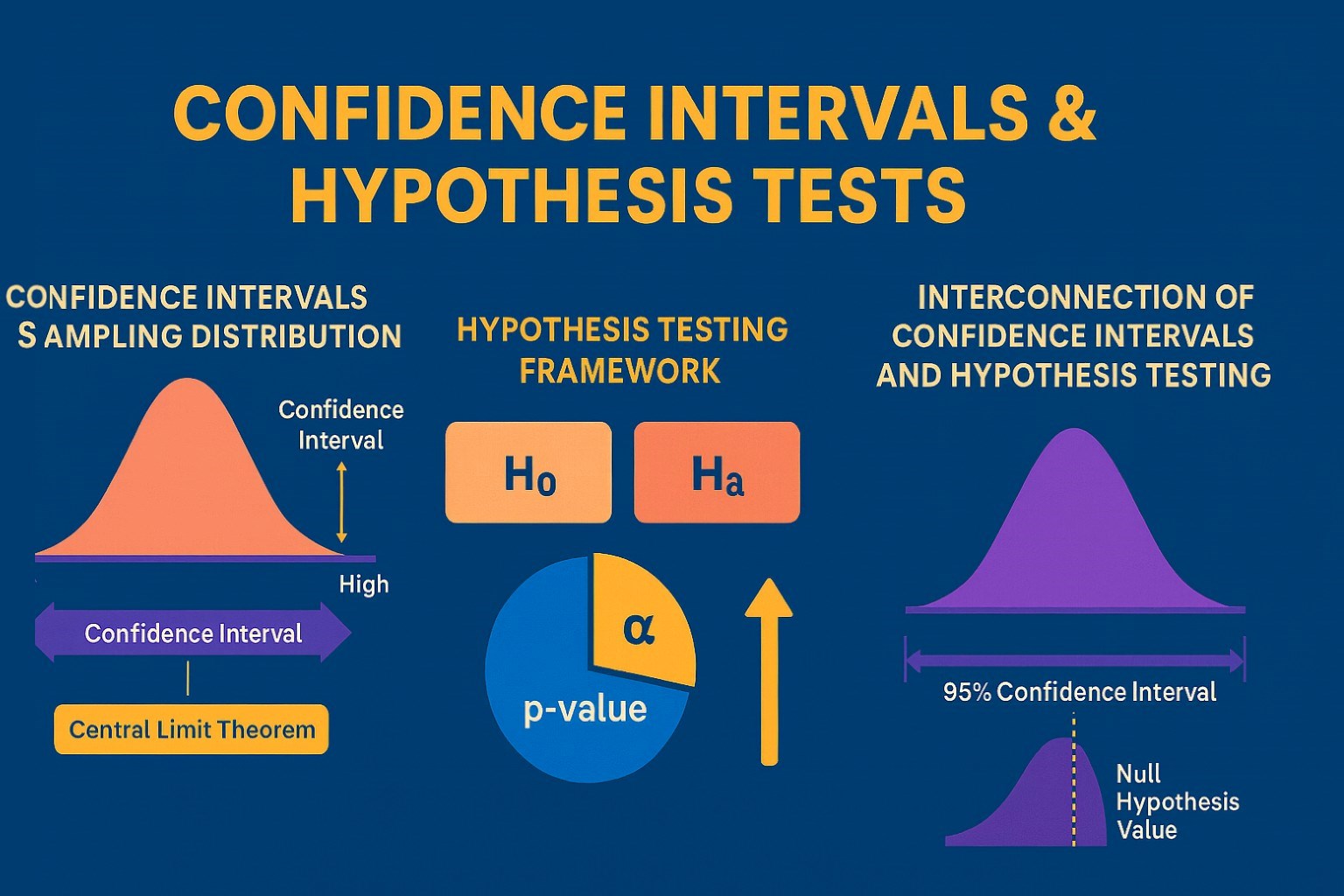
Confidence Intervals & Hypothesis Tests: The Data Science Path to Generalization
Learn how confidence intervals and hypothesis tests turn sample data into reliable population insights in data science. Understand CLT, p-values, and significance to generalize results, quantify uncertainty, and make evidence-based decisions.
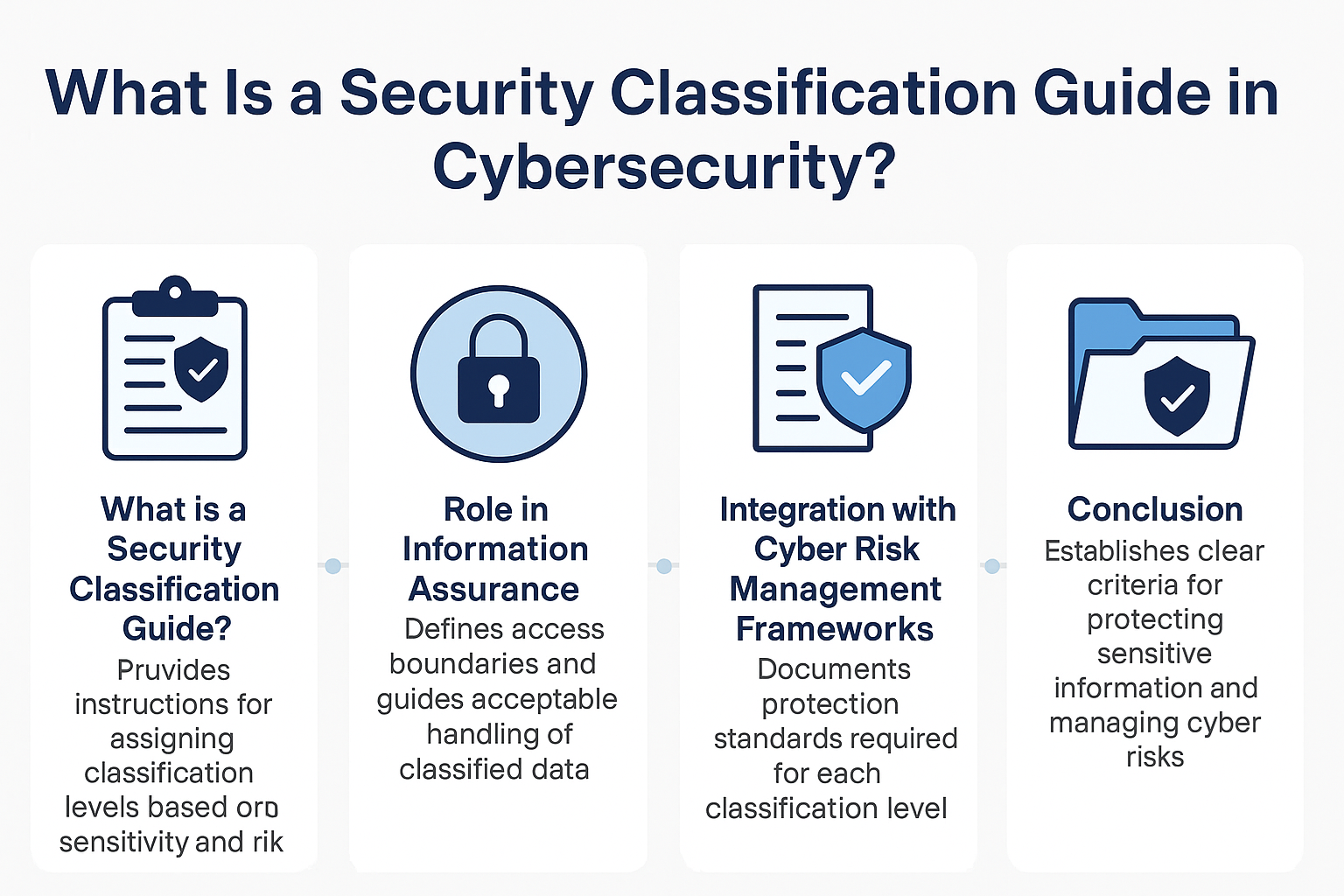
What Is a Security Classification Guide in Cybersecurity?
A Security Classification Guide (SCG) defines how to categorize information assets by sensitivity, with clear instructions from authorized officials to ensure consistent, compliant data handling.

Artificial Intelligence – Field of Study
Explore how Artificial Intelligence blends Machine Learning, Deep Learning, NLP, and Computer Vision to build intelligent systems that learn, reason, and decide. Discover real world applications, ethics, and booming career scope as AI education deman
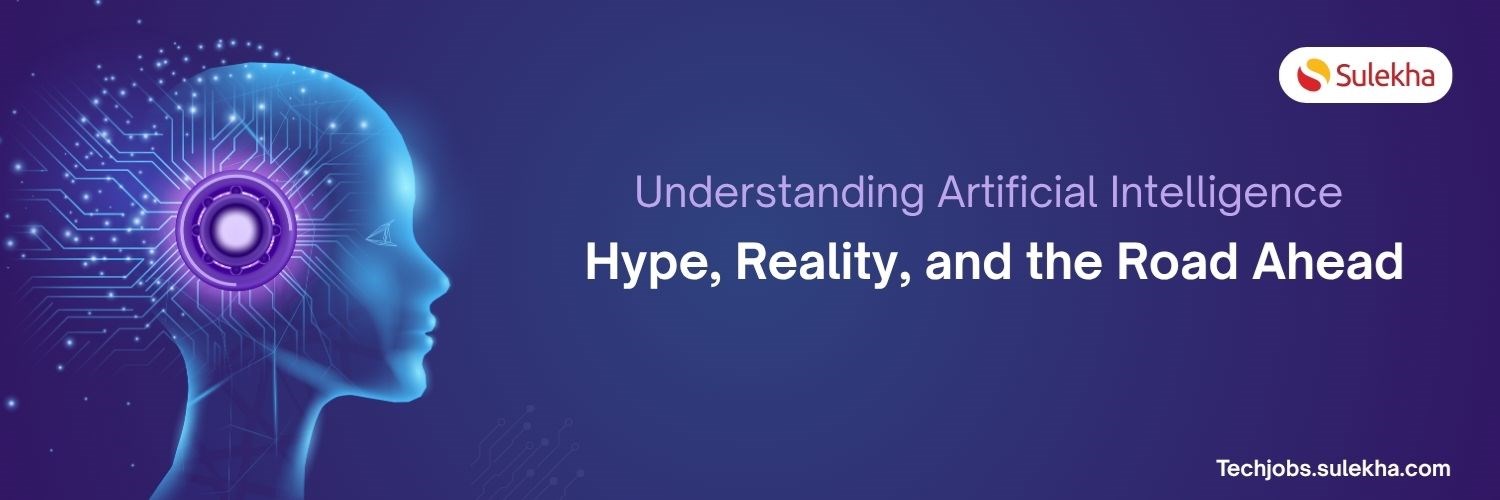
Understanding Artificial Intelligence: Hype, Reality, and the Road Ahead
Explore the reality of Artificial Intelligence (AI) — its impact, how it works, and its potential risks. Understand AI's benefits, challenges, and how to navigate its role in shaping industries and everyday life with expert training programs

How Much Do Healthcare Administrators Make?
Discover how much healthcare administrators make, the importance of healthcare, career opportunities, and potential job roles. Learn about salary ranges, career growth, and training programs with Sulekha to kickstart your healthcare administration jo

How to Gain the High-Income Skills Employers Are Looking For?
Discover top high-income skills like software development, data analysis, AI, and project management that employers seek. Learn key skills and growth opportunities to boost your career.